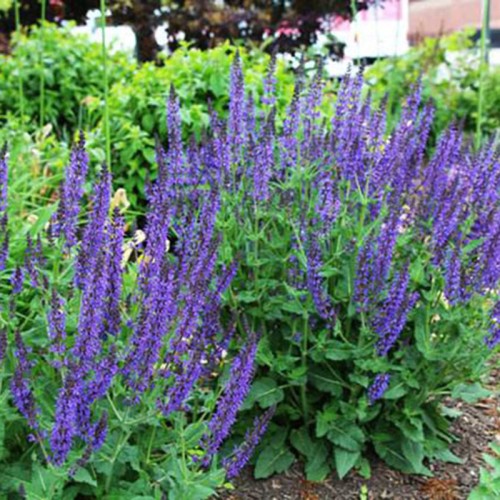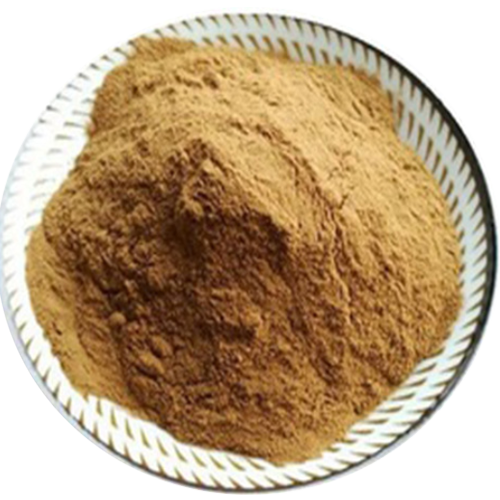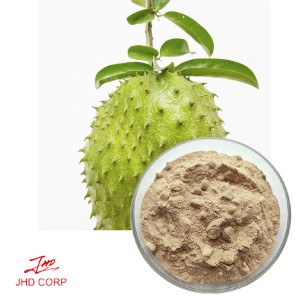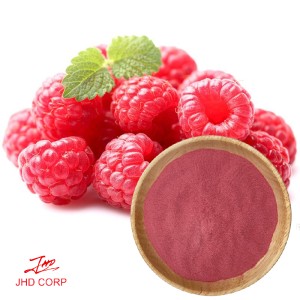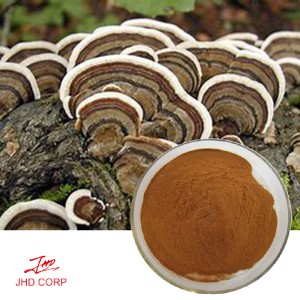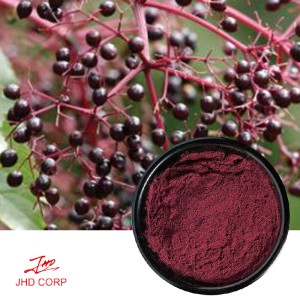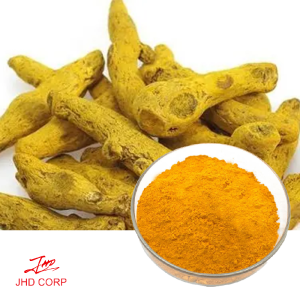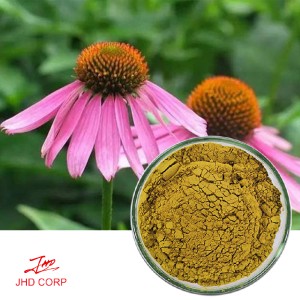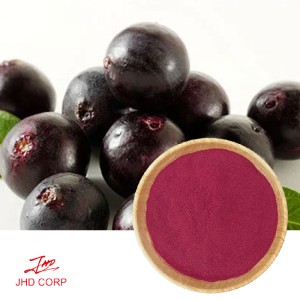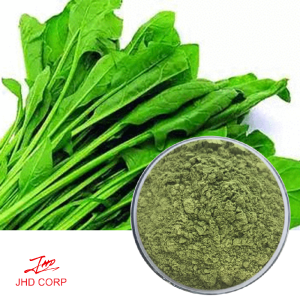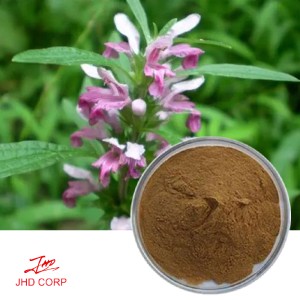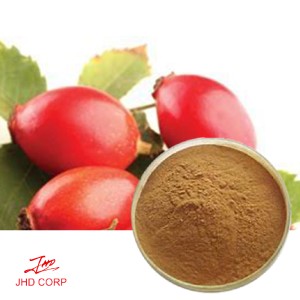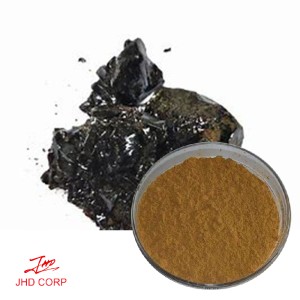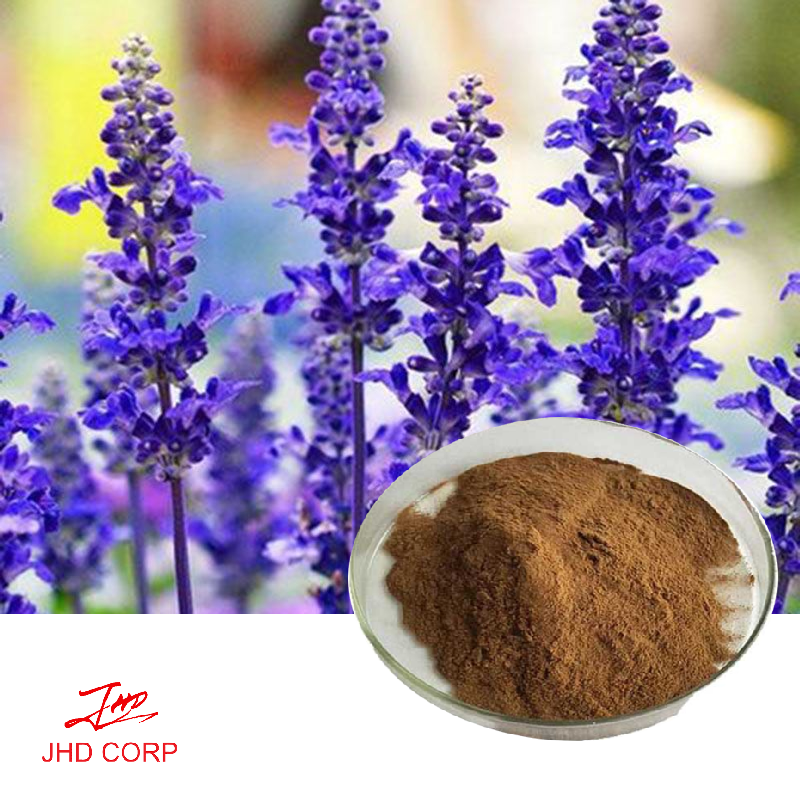
Chat With Us Contact Us Email Me
Salvia officinalis sage, also called garden sage, common sage, or culinary sage is a perennial,evergreensubshrub, with woody stems, grayish leaves, and blue to purplish flowers. It is a member of the mint family Lamiaceae and native to the Mediterranean region, though it has naturalized in many places throughout the world. It has a long history of medicinal and culinary use, and in modern times as an ornamental garden plant. The common name sage is also used for a number of related and unrelated species.
Function:
1.Sage is used for digestive problems, including loss of appetite, gas (flatulence), stomach pain (gastritis), diarrhea, bloating, and heartburn. It is also used for reducing overproduction of perspiration and saliva; and for depression, memory loss, and Alzheimer's disease.
2.Women use sage for painful menstrual periods, to correct excessive milk flow during nursing, and to reduce hot flashes during menopause.
Application:
1.Sage is applied directly to the skin for cold sores; gum disease (gingivitis); sore mouth, throat or tongue; and swollen, painful nasal passages.
Some people inhale sage for asthma.
2.In foods, sage is used as a commonly used spice.
3.In manufacturing, sage is used as a fragrance component in soaps and cosmetics.
Add Popular Products to weekly line up


